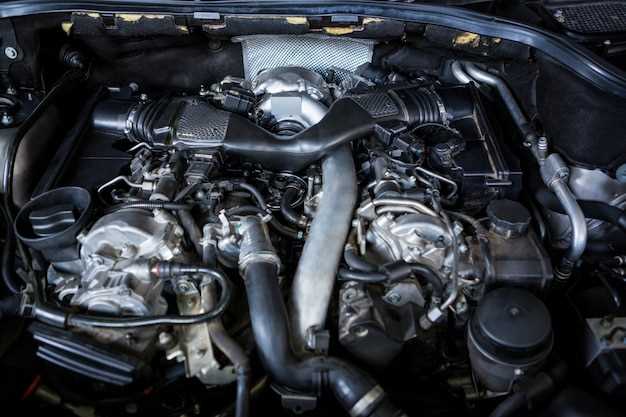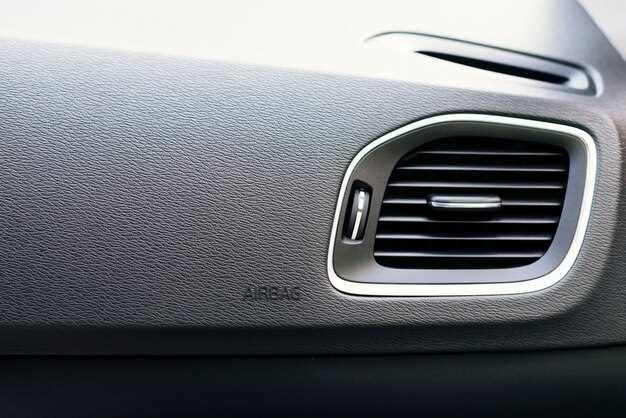

When it comes to enhancing the performance of your Mustang, one of the most discussed modifications is the installation of a cold air intake. Car enthusiasts often seek ways to boost horsepower and torque, and a cold air intake system is frequently considered one of the first steps in achieving this goal. But what exactly does a cold air intake do, and how does it contribute to the overall performance of your vehicle?
A cold air intake replaces your vehicle’s factory air intake system, allowing cooler air to enter the engine. Cooler air is denser than warm air, which means that more oxygen is available for combustion. This increase in oxygen can lead to a noticeable improvement in engine efficiency and can be a significant factor in boosting your Mustang’s overall power. The question remains: are these systems truly effective, or are they merely a popular aftermarket trend?
As we delve deeper into the mechanics of cold air intakes, we’ll explore their impact on engine performance, the potential benefits of improved airflow, and how these upgrades can influence your Mustang’s driving experience. Preparing for the road ahead means equipping yourself with the right knowledge about your vehicle’s enhancements, and understanding the advantages of cold air intakes is a crucial part of that journey.
How Cold Air Intakes Improve Engine Performance

Cold air intakes enhance engine performance by increasing the amount of cool air entering the combustion chamber. Cooler air is denser, which allows for a more efficient air-fuel mixture and results in improved combustion. This process generates higher power output and better overall engine response.
By replacing the factory intake system with a cold air intake, drivers experience a boost in horsepower. The design of these intakes minimizes airflow restrictions, ensuring that the engine receives a steady stream of fresh air. Increased airflow optimizes the combustion process, enabling the engine to work more efficiently.
Furthermore, cold air intakes often feature high-performance air filters. These filters enhance the purity of the air entering the engine, reducing contaminants that can impede performance. The combination of cooler, cleaner air leads to better throttle response and acceleration, making driving more dynamic and enjoyable.
Additionally, the installation of a cold air intake can improve fuel efficiency. With better air delivery and optimized combustion, the engine can produce more power with less fuel, leading to cost savings over time. This efficiency helps to balance power gains with environmental considerations.
In conclusion, cold air intakes are a valuable upgrade for Mustang enthusiasts looking to boost engine performance. By enhancing air delivery, optimizing combustion, and improving efficiency, these intakes provide a noticeable improvement in driving experience.
Installation Process: What to Expect When Upgrading
When upgrading to a cold air intake system for your Mustang, the installation process is an essential step that can significantly boost your vehicle’s performance. The first thing to note is that the installation typically starts with gathering the necessary tools and equipment. Common tools required include socket wrenches, screwdrivers, and sometimes pliers to ensure that connections are secure.
Once you have your tools ready, the next step is to open the hood and locate the factory air intake system. This usually involves removing the air filter box, which may be held in place by clamps or screws. Carefully detach these fasteners to avoid damaging any components of your Mustang’s engine.
After removing the stock air intake system, it’s time to prepare for the installation of the new cold air intake. Follow the manufacturer’s instructions closely, as different systems may have specific requirements. Generally, this will involve fitting the new intake tube and securing it to the throttle body with the provided clamps. Make sure that all connections are tight to prevent any air leaks, which could hinder performance.
Next, install the air filter that comes with your cold air intake kit. This component is critical, as it ensures that cooler, denser air enters the engine, thus maximizing horsepower and torque output. Check any sensors that may need to be relocated or reattached during this process.
After everything is connected, it’s important to conduct a final inspection. Ensure that all components are securely fastened and made of high-quality materials to handle the increased airflow. At this point, you can start the engine to verify that it runs smoothly without any check engine lights. If everything sounds good, take your Mustang for a test drive to feel the difference in performance.
In summary, the installation of a cold air intake system, while straightforward, requires careful attention to detail to ensure optimal function. Proper installation not only enhances your Mustang’s performance but also contributes to the overall efficiency of the engine.
Real-World Performance Gains: Dyno Tests and Driver Experiences

Cold air intakes are widely regarded as a popular modification for Mustangs, primarily due to their impact on engine performance. Various dyno tests conducted on different Mustang models have demonstrated consistent improvements in horsepower and torque. In most cases, these tests reveal a notable boost in performance, often ranging from 10 to 20 additional horsepower depending on factors such as engine type and design.
The improvement in performance can be attributed to the enhanced airflow that cold air intakes provide. By drawing in cooler, denser air, these intakes allow for more efficient combustion. This increase in air volume contributes to a more powerful combustion cycle, resulting in better throttle response and an overall increase in performance metrics.
Driver experiences further corroborate the findings from dyno tests. Many Mustang owners report a more aggressive engine noise and an exhilarating driving experience following the installation of a cold air intake. Additionally, drivers often note improved acceleration and more responsive handling, particularly in high-performance scenarios.
While individual results may vary, the majority of Mustang enthusiasts agree that cold air intakes are a valuable enhancement. By combining the empirical data from dyno tests with firsthand driver feedback, it becomes clear that these intakes not only boost performance but also elevate the enjoyment of driving a Mustang.





